There are a surprising number of film developers that are still available today, and it seems like the number is continuing to grow with new manufacturers coming into the market. I remember when I was starting out, there was so much information to sift through to come to a real answer, and it’s hard to know for sure which one is the best for you when there are so many conflicting reports on forums and in Facebook groups.
So, does the film developer you use actually make a tangible difference in the outcome of the negatives?
Every film developer will impart different characteristics onto the negatives. Some create lower contrast, which is loved by those who push film, while others reduce the look of grains or increase image sharpness. There are a few questions to ask when choosing the right film developer.
This guide is designed to give you the best understanding of which developer will work the best for your situation. The links below will guide you to film developer recommendations based on some of the attributes that I’ve found by using these formulas. Over the years, I’ve tried plenty of different ones, and come to love them all for different reasons.
Every developer has its trade-offs. Some of the best developers only come in powder form, while others require a lot of solution to develop your negatives. As well, most developers will only last six months after they’re opened, but there are a couple of unicorns out there that will last forever and are relatively cheap to source.
Many of the developers that I’ve used will fit into multiple of these categories. So I’ve also created a ‘best overall’ category, which contains my favorite options that I’ll always keep on my shelf.



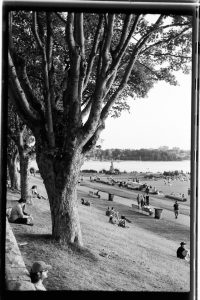


A quick comparison of my most used film developers
I recently took on a test to see which developer produced the best results. I used my favorite developers that I had on hand and compared them with a couple of new developers that I was testing out.
So I shot the same image at sunset across a single roll of HP5, and developed the roll in small strips, between 4 and 5 shots each. And developed them all at the recommended ratios: 1+25 for Rodinal, HC-110 dilution B, etc. And scanned them using my DSLR setup, with a Negative Lab Pro conversion in Lightroom.
And the results overall were quite surprising to me. What I found is that Rodinal was by far the sharpest, while DD-X gave the film the best overall shadow recovery. The nicest contrast before editing came from the Cawanol Professional.
Another surprise was that the ID-11/D-76 formula produced the least sharp results overall. I actually rescanned the negatives because I was so surprised by the lack of sharpness.
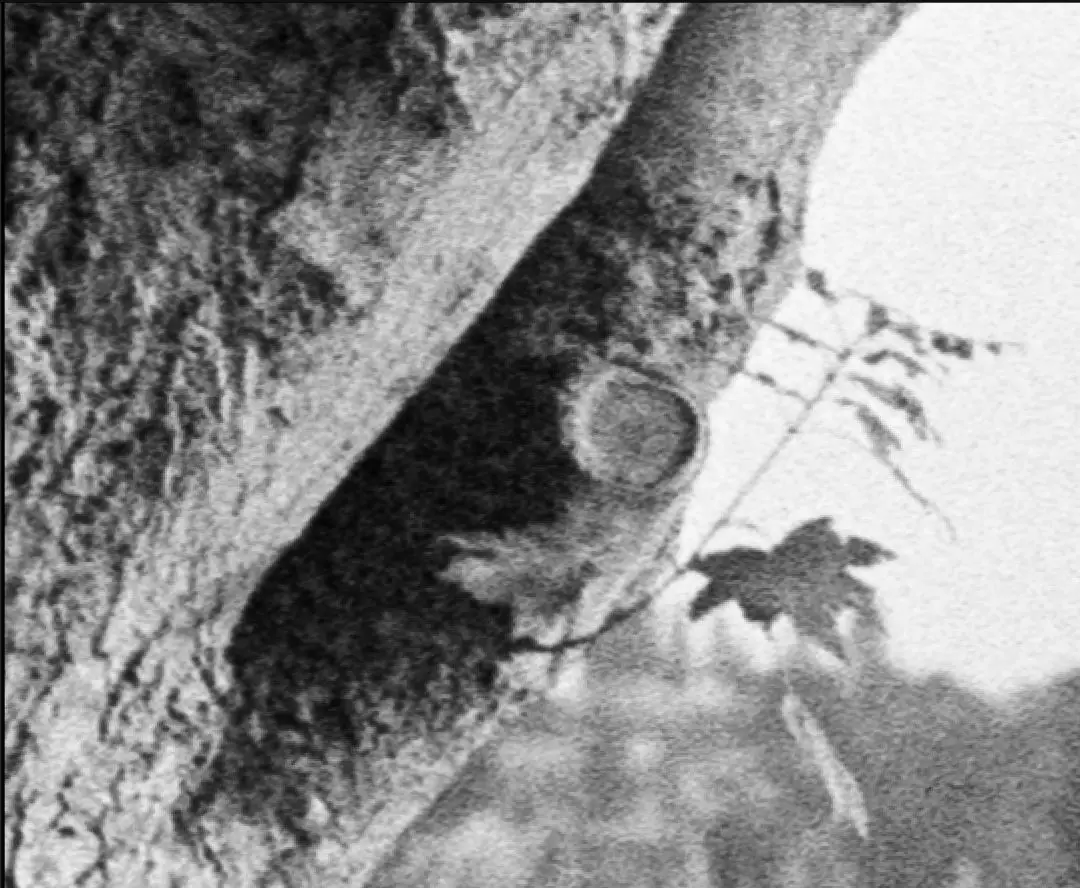
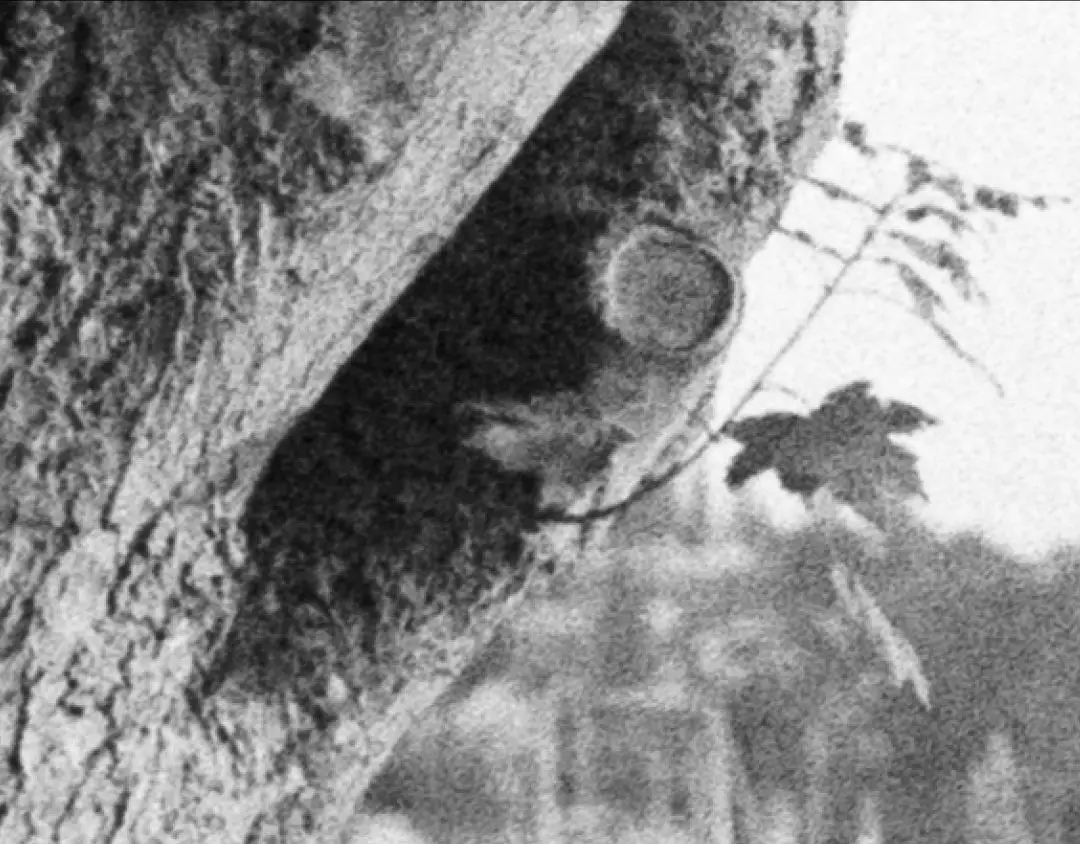
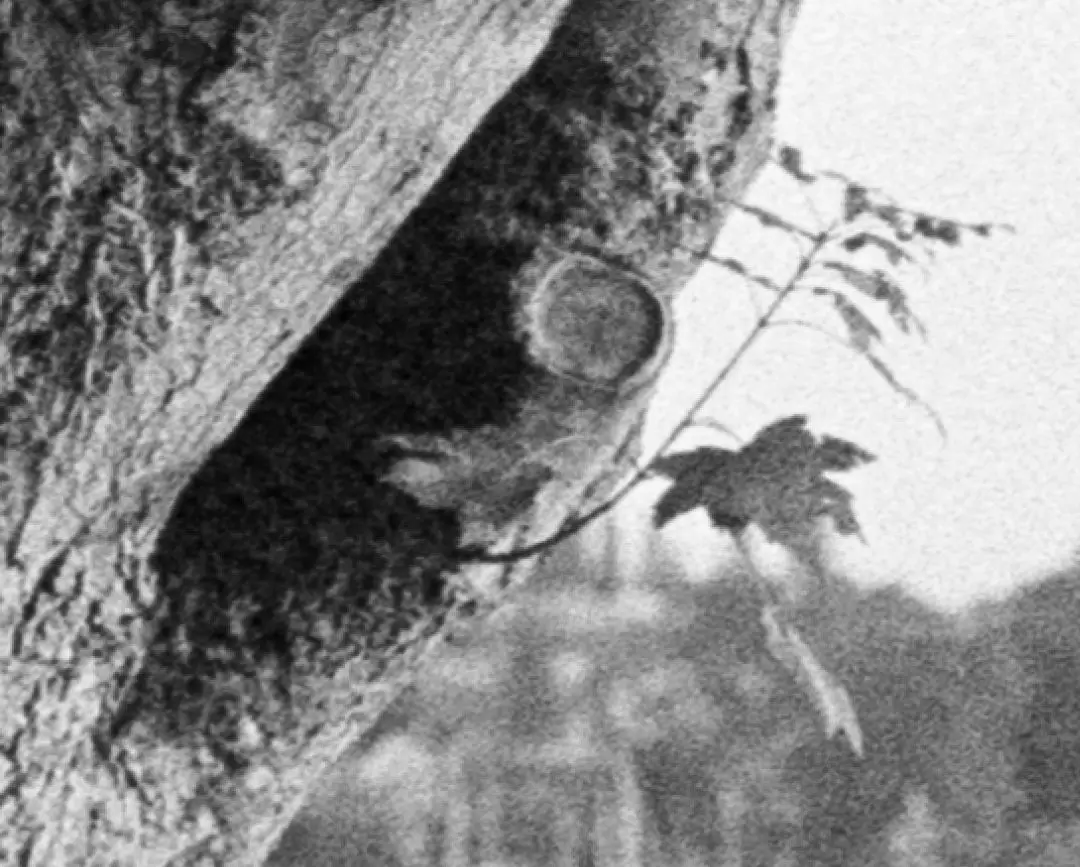
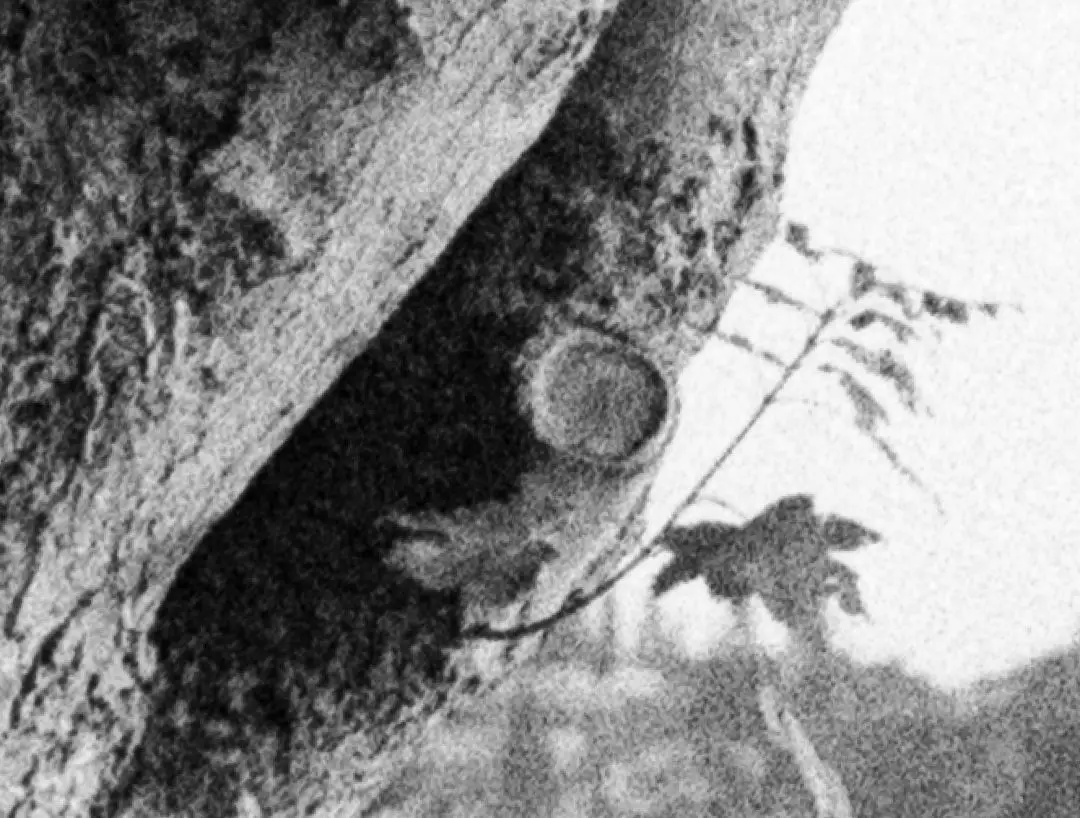
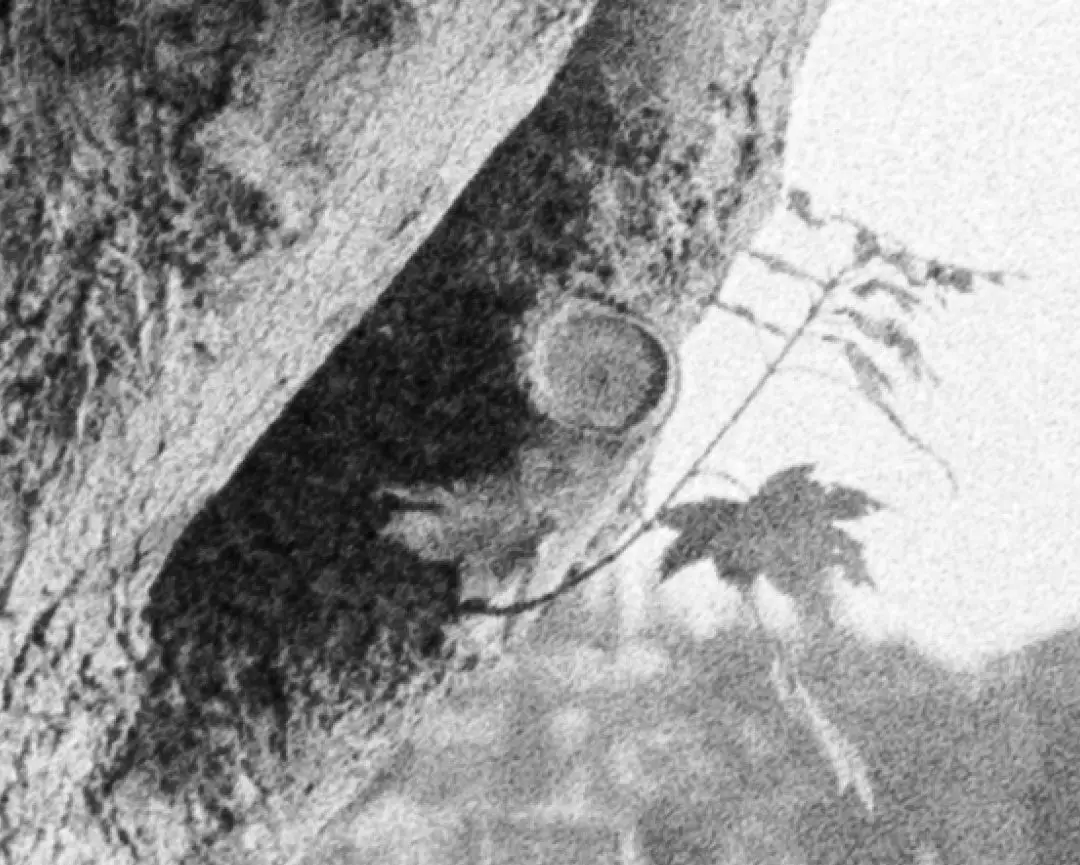
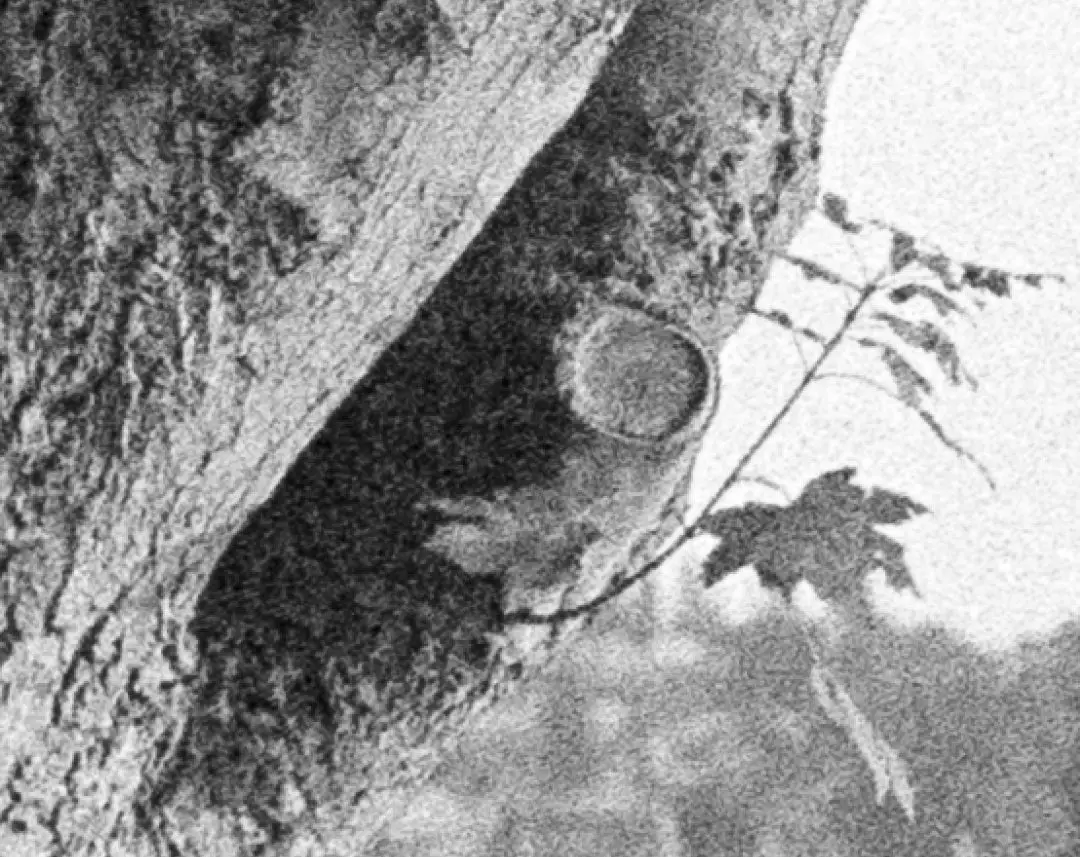
Which developers create the sharpest negatives?
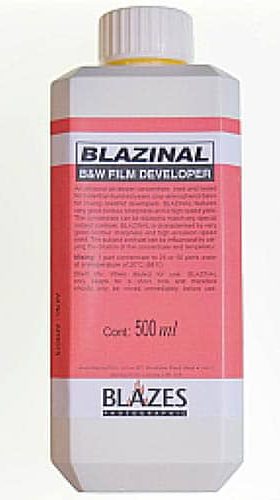
The best sharpness-enhancing developer is hands down, Rodinal, which is also known as Blazinol in Canada.
Before doing an objective test of Rodinal, I personally believed that this developer only increased the sharpness of the grains — as that’s what I’ve read in other places. But Rodinal objectively creates a sharper negative than other developers like HC-110 and DD-X.
Rodinal also benefits from a few other attributes in this list, which makes it one of the most highly sought-after developers on the market. Rodinal is one of the cheapest developers available, costing photographers as little as .20 a roll to develop a roll of 35mm film. But it also has the longest shelf life of any developer on the market.
There’s an old joke that the Rodinal will last longer than the shelf it’s stored on. I’m only onto my second bottle of this solution in four years, and it’s still going strong, even if it’s changed colors and has some crystals around the cap of the bottle. Simply clean those off, and use it as normal.
The next sharpness-enhancing developer that I have to list is much more niche. FX-1 is considered the sharpest developer ever created, and was formulated by Geoffrey Crawley, the former editor of the British Journal of Photography.
Right now, it is only commercially produced by The Photographer’s Formulary and can be found at a number of suppliers that carry their chemicals. This one is absolutely worth trying out if you can get your hands on it.
Learn more about the top 6 sharpness-enhancing film developers here.

What is the best developer for pushing film?
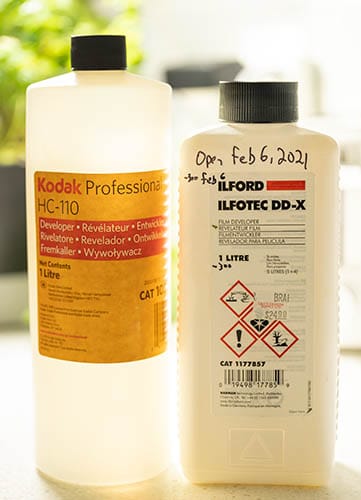
Pushing film effectively is a difficult process. This is because even though you can develop the film for longer, it will often increase the overall amount of contrast on the negative, and doesn’t always result in recovering the shadows details that were lost when the photo was taken. But there are some developers that actually result in a true film speed increase.
The three developers widely known for their incredible speed-boosting abilities are Ilfotec DD-X, and Microphen, and HC-110. Of the three, Microphen is the best developer created for pushing film, having been created for that exact purpose.
This developer is also cheaper, and comes in 1L boxes, making it the perfect choice for photographers who only have a small amount of film that they want to push.
But Microphen is a powdered developer, which can be more difficult to use than a liquid developer. If powdered developers aren’t your thing, the next best developer for pushing film is also one of the most popular developers available.
HC-110 is another honorable mention on this list. It doesn’t provide a speed boost, but it does reduce the graininess of pushed negatives compared to other developers.
DD-X is widely known as one of the most professional developers available on the market. It provides a noticeable speed boost in the shadows compared with HC-110 and Rodinal, producing flatter negatives that are easier for printing and scanning.
But DD-X is also one of the most expensive developers available. In my personal opinion, the cost is absolutely justifiable. There is no film developer that works better with T-Grain films, like Ilford Delta 3200 than DD-X, making it the developer that I’ve purchased more than any other.
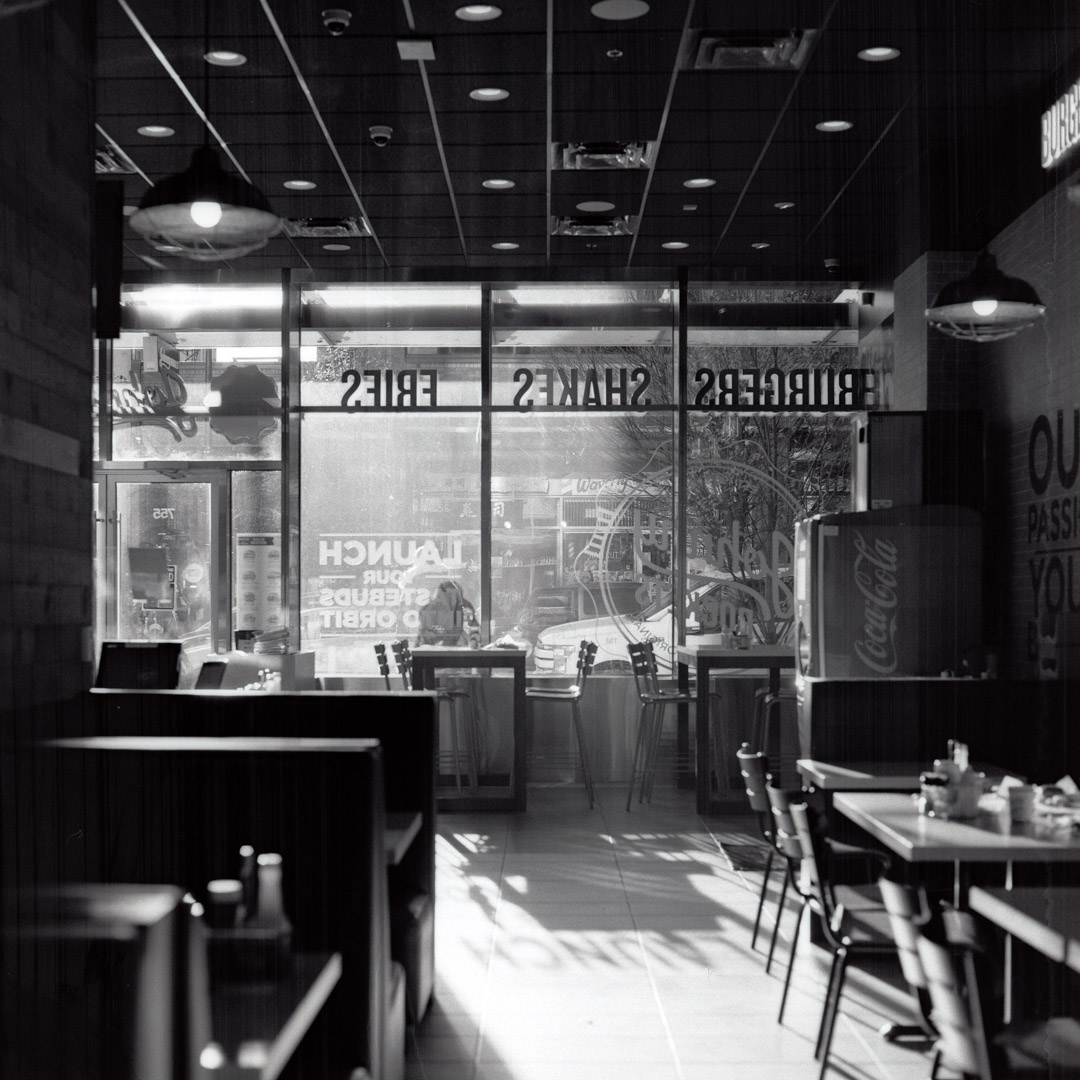
What are the most eco-friendly film developers?
There’s a trend of new film photographers working to make their film developing as eco-friendly as possible. There’s a lot of work that’s happening, from starting new eco-conscious film labs, to creating developers that are developed to be environmentally-friendly from the ground up. It’s an exciting time to be a film photographer, knowing that there is a large evolution working to make this as sustainable as possible.
The most environmentally-friendly developers that are widely available are Xtol and Eco-Pro Ascorbic Acid developers. Both of these developers use Phenidone — which is the least toxic developer available — as their primary developing agent with ascorbic acid (a.k.a. Vitamin C) to keep fog levels down. They’re available in powder kits that make 5L of solution.
Both of these developers create negatives with incredible tonal range and create a slight speed boost for extra shadow recovery. Overall, XTol is known to be one of the highest-quality developers available today.
The eco-pro version is an Xtol clone, meaning the two can be used pretty well interchangeably. Since Kodak has been having some supply issues due to Xtol dying before it’s even mixed, Eco-Pro is likely going to be the best option for most photographers
There is one new option that is just starting to breach the market, and that’s Black White and Green by Flic Film. This is another Phenidone-ascorbate developer that works very similarly to XTol and Eco-Pro, except that it comes in an easy-to-use, highly-stable liquid format. Black White and Green comes in a viscous green liquid that feels a lot like Kodak’s old HC-110 formula.
In my initial tests, Black White and Green is a remarkable developer and is absolutely worth checking out before it gets more expensive. Learn more about it on the manufacturer’s website, or see my latest article that takes an in-depth look on the most eco-friendly film developer options available.
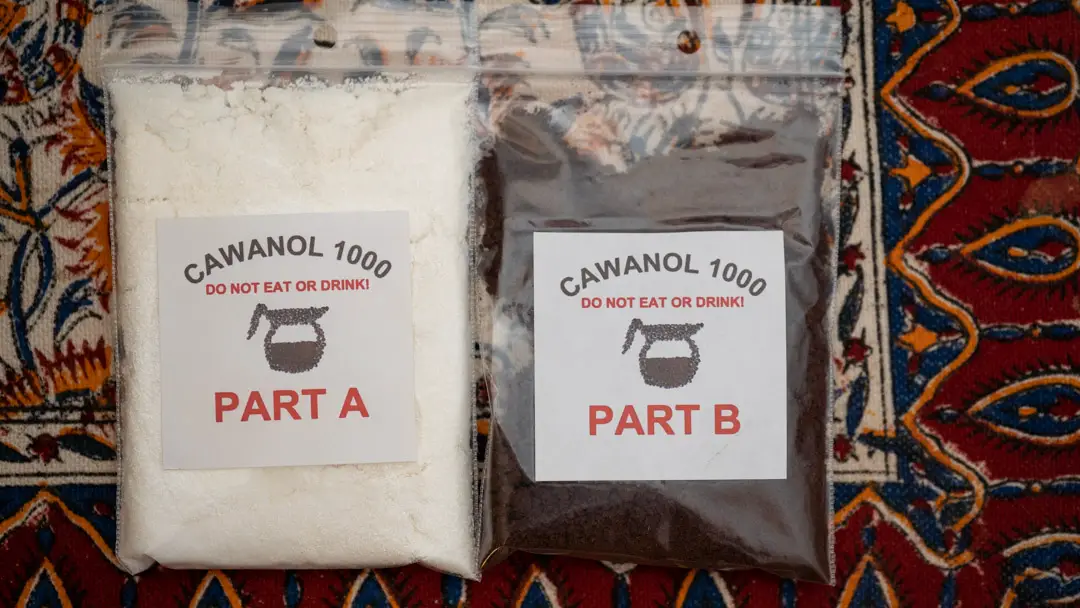
The most environmentally-friendly developer is the one that can be made from ingredients you have at home
Caffenol is becoming more common every single day, and that’s for a good reason. It’s easy to make with the supplies you likely have in the closet, and it creates some surprisingly beautiful negatives.
The images are contrasty and do lose some shadow details. But overall, caffenol is very fun to experiment with, and has little, if any, environmental impact. See recipes to make your own caffenol here.
But if you’re scared to ruin your negatives by not mixing correctly, there is a company in Canada that’s building their own caffenol-based recipe. Caffenol Lab comes from Brantford, Ontario, and they’ve put out a cool new environmentally-friendly developer called Cawanol Profession. I tested it out recently with a couple of rolls of film, and I have to admit that I was very impressed by the results. Check out my review of Cawanol Professional film developer here.
Here are 7 other ways to make film development more eco-friendly.
What film developers produce the finest grain?
When you’re looking for an almost grain-free image, there’s no better solution than Ilford’s Perceptol. This is an ultra-fine-grain developer, meaning it actually breaks down the edges of the film grain in order to make them appear smaller and more consistent.
Ultra-fine-grain developers like this work best with the slowest speed films you can find, like Ilford Pan F, or Delta/TMax 100. A developer like Perceptol is designed to bring the most out of these films and it produces absolutely brilliant and clean results.
However, don’t use Perceptol on fast films like HP5+,or Delta/Tmax 3200. Perceptol eats film speed and turns large-grain negatives into a washed out, detail-free mess. For faster films, I recommend DD-X, Xtol, or HC-110 Dilution A to break down the grains in a pleasing way.
Learn more about reducing film grain in this article.
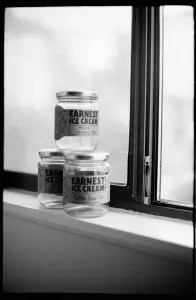


Which film developer produces the most contrast?
If you’re the type of photographer who doesn’t like to edit, you’ll want a film developer that adds contrast. The best developer for creating high-contrast negatives in my experience is Cawanol Professional. This film developer creates some beautiful images that are immediately usable out of the scan.
That said, once you lose some shadow details, you will not be able to recover them. A contrast developer is great for immediate results, but not necessarily for those who like to dodge and burn their images when printing and editing.
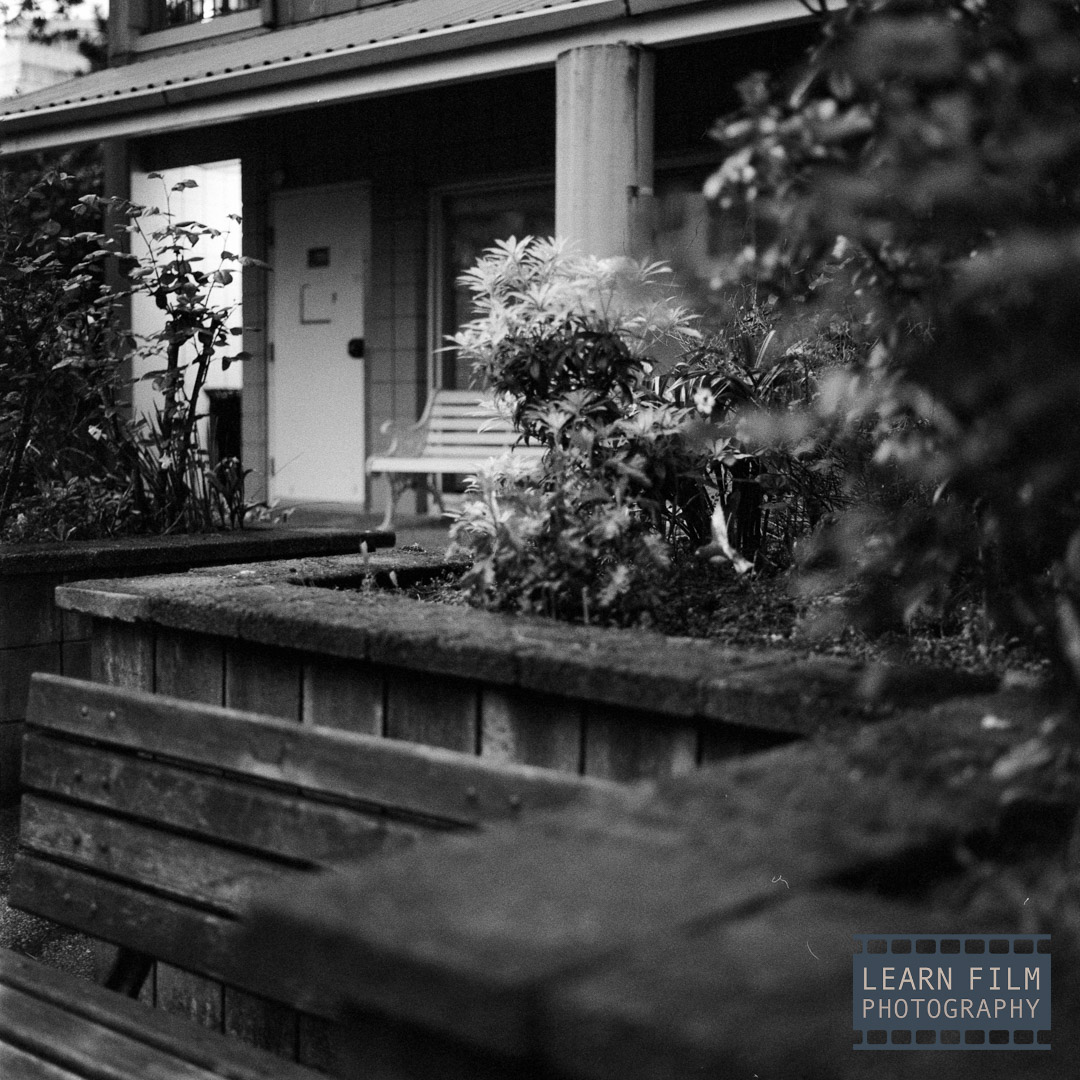
What is the cheapest film developer available?
Luckily with film developers, cheap isn’t synonymous with bad. The cheapest film developer overall is Rodinal, which also happens to be one of the oldest film stocks available. A 500mm bottle that costs $11.50 on B&H can develop around 100 rolls of 35mm film at the 1+50 dilution. That’s less than 12 cents a roll!
Since Rodinal is a super concentrated developer that also happens to be one of the best sharpness enhancing film developers and has the longest known shelf life. All those factors make it one of (if not the most) popular film developers available. The only real downside is that it’s made with P-Aminophenol, which is toxic.

Which film developers will last the longest after opening?
If your primary concern is that you’re not going to be able to use a developer before it expires, you’re not alone. One of my biggest fears is knowing that if I purchase another developer for a test, I’ll end up throwing the rest of it down the drain 6 months later.
Most film developers only last 6 months after opening or mixing. But there are two film developers that long outlast this time period. And those are Rodinal and Black White & Green developer by Flic Film.
Both of these film developers are outstandingly stable. Rodinal is known for having a shelf life that’s likely longer than the shelf it’s stored on. Black White & Green is new on the market, but its viscous, water-free format makes it incredibly stable as well — just like the old Kodak HC-110 mixes before the reformulation.
Black White & Green also happens to benefit from being out of the best tonality developers, as well as being extremely environmentally-friendly, being a Phenidone-ascorbate based developer.
And that’s all for today! What’s your favorite developer/film combination? I’d love to hear about it down in the comments below! Or, come join in on the conversation happening on the official Learn Film Photography Facebook page.

By Daren
Daren is a journalist and wedding photographer based in Vancouver, B.C. He’s been taking personal and professional photos on film since 2017 and began developing and printing his own photos after wanting more control than what local labs could offer. Discover his newest publications at Soft Grain Books, or check out the print shop.

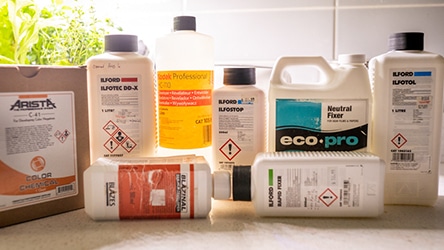

Thank you! Am getting back into film and had used D76 1:1 almost when first getting into photography. Presently processing with an HC110 derivative, and the grain seems a bit large. Its shelf life is important. Perhaps a different dilution than B will give finer grain results. Your tests are very very helpful, so thanks again for your contribution.
Glad it’s helpful for you, Indivar Sivanathan!
When it comes to HC-110, you’ll have finer-grain results by using the developing at the lowest dilution possible. If fine-grain is what you’re after, I’d suggest dilution A, or even switching to something like Black, White, and Green by Flic Film, which is very similar to XTol, but with the keeping properties of the old, syrupy HC-110.